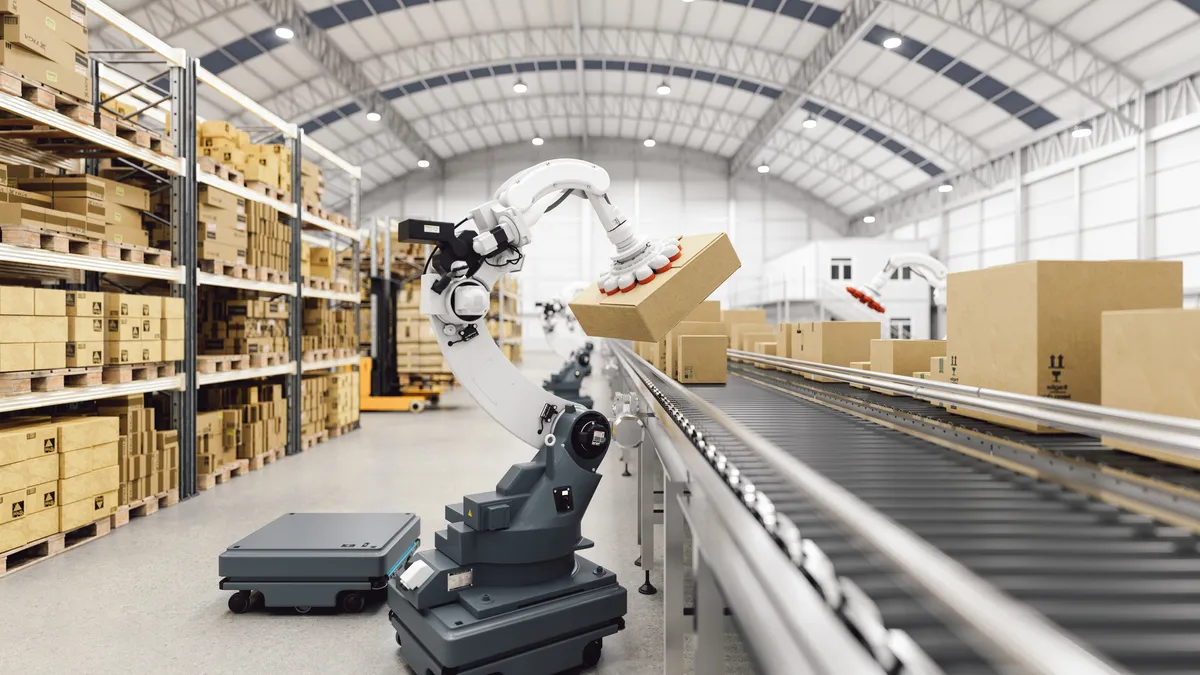Editor's Note: The following is a guest post written by Marcell Vollmer, chief digital officer for SAP Ariba.
How does a chief procurement officer measure success?
In the past, executives responsible for sourcing, contracting, purchasing and payment have gauged success chiefly on their ability to wring savings out of the value chain. Without question, reducing costs remains as crucial today as ever. But with the advent of digital networks, chief procurement officers find they now have an exponentially greater opportunity to create value.
By linking together buyers and suppliers in real time, digital networks allow procurement leaders to foster collaboration, spur innovation, and drive much of the strategic value that fuels growth.
These activities, of course, can benefit the balance sheet. But there are others, equally important, that a spreadsheet cannot easily capture.
New technological solutions can make procurement smarter
As innovations like artificial intelligence, machine learning, the Internet of Things (IoT), and blockchain reshape entire industries, networks are becoming not only faster but actually smarter at drawing insights from sprawling troves of seemingly unrelated data. In the process, these advances are enabling procurement leaders to look beyond their traditional purview.
As cloud-based applications increasingly take on many of the function’s day-to-day tactical activities, they free up procurement leaders to focus on strategic priorities, such as strengthening supply chain resilience, safeguarding the brand from third-party risk and cultivating new sources of innovation.
These priorities extend beyond operations in the strict sense. Consider the reputational risk associated with forced labor upstream in a supply chain. A network instills confidence among buyers and suppliers when it offers visibility not only into inventories, cycle times, and turnover ratios but also into the criteria that reveal whether a trading partner’s brand values align with one’s own.
Does a supplier have, for example, the governance structures in place necessary to root out forced labor, human trafficking, and inhumane working conditions? Does it adhere to responsible stewardship of natural resources? Does it demonstrate an institutional commitment to purchasing from women and minority-owned suppliers?
Customers and investors alike demand transparency into all these factors and hundreds of others, and networks provide a comprehensive, real-time glimpse to simplify compliance.
Accountability and visibility are key
What networks provide, ultimately, is accountability. Yet they also afford procurement leaders the opportunity to improve people’s lives, whether in their local communities or in remote corners of the globe.
Few organizations illustrate this more powerfully than Step Up for Students, a not-for-profit group that figured out that the same technology companies use to manage their spend and save money could be used by caregivers of children with financial and special needs to purchase education and associated services to support their development. Through Step Up for Students, Katie Swingle, a stay-at-home mom in Florida, sends her son Gregory, who has autism, to a specialized private school.
She says it has changed his life.
"Gregory has gone from not being able to read, write or focus to being on the honor roll in fourth grade in all his subjects, which means he’s above 90 percent in all proficiencies," she said. Katie credits Step Up for Students and the technology behind it for making this possible. "The number one thing I’ve learned is how much value technology offers, more than I ever thought possible."
This is just one example of the power that networks hold. Beyond leveling the playing field for education, they are empowering businesses to reduce dramatically the waste they produce by collaborating with suppliers on inventory and production levels. And the digital transformation of procurement reinforces sustainable business practices in other ways, too. Automated sourcing tools can identify local suppliers of raw materials, verify the provenance of precious minerals, and steer clear of regions associated with documented patterns of human rights abuses in the workplace.
Technology has transformed the chief procurement officer’s ability to drive down costs and facilitate collaboration with trading partners. And it is reshaping the job as we know it. Technology now permits chief procurement officers to reimagine the world beyond their familiar four walls, to tie their costs to conscience, and ultimately, not just to save money but to improve lives.





















